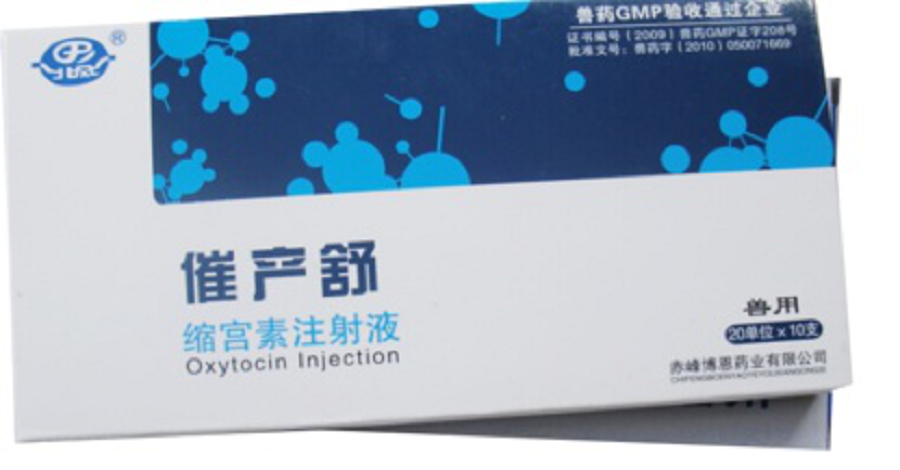Summer is approaching, the temperature gradually rises, and the proliferation of pathogenic bacteria, parasites, etc. is accelerated, and it is easy to cause indigestion, heat stroke, infectious disease and other diseases of meat dogs. Therefore, it is particularly important to strengthen scientific management and create a suitable living environment for dogs. To this end, the five main points of feeding and management of midsummer meat dogs are introduced as follows:
First, the mechanism of heat stroke dogs sweat glands are not developed, only in the tongue, toe pad with sweat glands. In order to discharge excess heat, only by stretching out the tongue, speeding up breathing, the heat from the oral mucous membrane, tongue surface, and exhaled gas can be used to dissipate heat. If the temperature is too high or continues to be high, meat dogs can be endocrine-enhanced, heat production increases, and body temperature rises. Excessively high body temperature also disturbs the function of the central nervous system, affects normal breathing and circulation, causes tissue hypoxia, and finally causes illnesses such as heatstroke and poisoning.
Second, heatstroke cooling 1. Avoid sun exposure: proper sun exposure, can enhance the body of meat dogs, promote growth and development, but also to prevent rickets, bone soft disease and other diseases. However, in addition to causing sunstroke (heat stroke), exposure can also cause the coat to be too dry, fall off, and lose its protective function. Therefore, it is possible to place free time on the playground in the morning, evening or when the light is not strong every day. 2. The kennels are cool and ventilated: dogs are resistant to heat and cold, older dogs are less heat resistant. The suitable living temperature for dogs is 29-32°C in the first week, 26-29°C in the second week, 23-26°C in the third week, and 23°C in the fourth, fifth and sixth weeks. Adult dogs (over 6 months) It is 19-23 °C. For this reason, the kennel should be built in a cool and ventilated place. The interior of the building is paved with concrete, often with some cool water, which can cool down the temperature. 3. Diligently wash the cold water bath: The sweat glands of the dogs are underdeveloped. The cold bath can be used to accelerate the loss of excess body heat through convection. In addition, it can also play a role in cleaning the body, timely detection of skin diseases, and ectoparasites. One week before bitch delivery, bathing is prohibited.
Third, to protect against dry dampness dogs dampness, high humidity also hinder the normal dissipation of body heat, damage the heat balance, causing heat stroke. If the humidity is too low, dust and floating substances in the air increase, respiratory diseases are easily induced, and skin and mucous membranes may dry out and lacerate. In general, a humidity of 50-60% is preferable.
Fourth, to prevent poisoning Summer temperatures are high, the feed is easily fermented and deteriorated, dogs can easily cause food poisoning after eating. Attention should be paid to the following points: 1. Animal raw materials should be fresh and hygienic, and it is best to keep them cool. 2. The feed should be fed according to the standard of feeding. 3 meat to heat treatment and then cool. In this way, a food hygiene, two cold foods can stimulate appetite. 4. Fermented, spoiled foods themselves stimulate the gastrointestinal tract, causing acidosis and diarrhea. If bacteria are contaminated, bacterial toxins produced at high temperatures will not be destroyed, resulting in maladjustment and poisoning of the intestinal flora. Therefore, bad food must be removed.
Fifth, disinfection and epidemic prevention While reducing the cost of feeding, we must also ensure that meat dogs grow healthily and quickly. The disinfection process is essential. Disinfection can reduce or eliminate disease, especially the disease caused by non-specific pathogens. 1. Site disinfection: Feces and litter in kennels (wombs) are cleaned daily and concentrated fermentation is performed. After spraying once a month with 0.3-0.5% peracetic acid or 1:800 Weidao disinfectant, close the doors and windows. After 1 day, open the doors and windows to ventilate the air, remove the odor of the liquid, and then put in the meat dog. The playground is sprayed with 2% sodium hydroxide every month. 2. Disinfect the litter: Before the hay such as hay is put in, it is best to expose it to the sun or to dry it. This will both sterilize and absorb moisture. 3. Sterilization of tableware: After each class is fed, clean and clean the troughs and utensils, soak for 10 minutes with 0.1% benzalkonium bromide every week for 20 minutes, or soak in water with a 1:800 Weidao for 5 minutes, then rinse with water. net. 4. Drinking water disinfection: Add 0.4 grams of alum per 100 milliliters of water, once a week, to prevent disease.
The routine postpartum administration of oxytoxin or antibiotics is unnecessary. But if the animals got postpartum problems, we recommend these postpartum care medicines: Oxytocin Injection, Cloprostenol Sodium Injection, Estradiol Benzoate Injection. All the veterinary medicines are GMP certified and has wide market and good reputation in China. we are now engaging in open overseas market with our high quality and enonomic price veterinary medicines.

Postpartum Care Medicine,Professional Postpartum Care Medicine,Health Postpartum Care Medicine,Postpartum Care Nutrition Medicine
Jiangxi Institute of Biological Products Inc. , https://www.jxinstitute.com